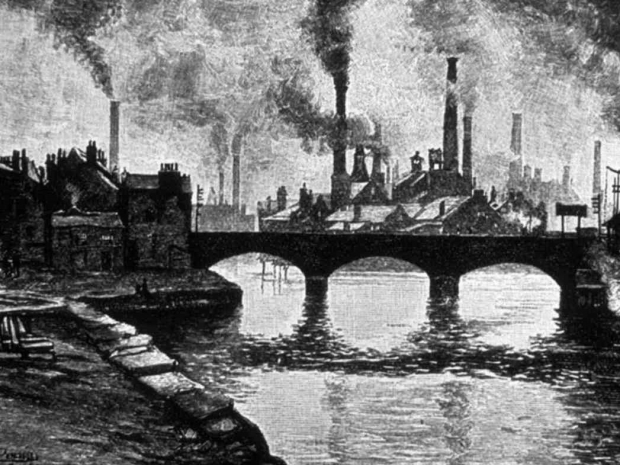The power station redevelopment was being seen as an experiment in capitalism. Private equity firm Atlas Holdings bought the fossil fuel power plant Greenidge power plant to make cash out of bitcoin. however local residents insist it is dumping tens of millions of gallons of hot water into glacial Seneca Lake in upstate New York.
Local protesters were quoted by NBC saying that the lake has got so warm that it feels like you’re in a hot tub.
In the past, nearby residents weren’t necessarily enamoured with the idea of a pollution-spewing power plant warming their deep, cold water lake, but the electricity produced by the plant was powering their homes. NBC said that they’re lucky if a small fraction does. Most of the time, the turbines are burning natural gas solely to mint profits for the private equity firm Atlas Holdings by mining bitcoin.
Atlas, the firm that bought Greenidge has been ramping up its bitcoin mining aspirations over the last year and a half, installing thousands of mining rigs that have produced over 1,100 bitcoin as of February 2021.
The company has plans to install thousands of more rigs, ultimately using 85 MW of the station’s total 108 MW capacity.
The 12,000-year-old Seneca Lake is a sparkling specimen of the Finger Lakes region. It still boasts high water quality, clean enough to drink with just limited treatment. Its waters are home to a sizable lake trout population that’s large enough to maintain the National Lake Trout Derby for 57 years running.
The prized fish spawn in the rivers that feed the lake, and it’s into one of those rivers -- the Keuka Lake Outlet, known to locals for its rainbow trout fishing -- that Greenidge dumps its heated water.
Rainbow trout are highly sensitive to fluctuations in water temperature, with the fish happiest in the mid-50s. Because cold water holds more oxygen, as temps rise, fish become stressed. Above 70 F, rainbow trout stop growing and stressed individuals start dying. Experienced anglers don’t bother fishing when water temps get to that point.
NBC said Greenidge has a permit to dump 135 million gallons of water per day into the Keuka Lake Outlet as hot as 108 F in the summer and 86 F in the winter. New York’s Department of Environmental Conservation reports that over the last four years, the plant’s daily maximum discharge temperatures have averaged 98 in summer and 70 in winter.
Greenidge has gotten back to us and asked us to point out that NBC’s report was unfortunately based upon "previously discredited claims of the remaining few opponents of Greenidge. "
It insists that Greenidge enjoys support locally from local government, civic organisations, its Seneca Lake neighbours and the IBEW workers that partner with it.
The company said that the Greenidge facility operates in full compliance with its air and water permits, which were issued after years of analysis and review by the State and the suggestion that Greenidge is somehow negatively impacting Seneca Lake -- or is an impediment to New York’s important greenhouse gas emissions reduction goals -- is just false.
Greenridge said that the lake feels nothing like a “hot tub”. The average water temperature for the last 30 days was 67 degrees according to publicly available data. On its side, Yvonne Taylor, the activist quoted in the segment has tweeted that the hack has got her comment wrong and she is trying to get it changed. She commented that the "hot tub" comment seems to have messed up some otherwise good facts in the story.
The company said the average daily temperature of the water leaving Greenidge from March 1st through 17 April – trout spawning season - of this year was 49.6 degrees, with just a 6.8 degrees average difference between the plant’s intake and outflow.
"Water temperature of this range is well below our permits, and have been proven to have absolutely no adverse effect on the lake or the local trout population. The lake contains 3.81 cubic miles of water, which is 4.2 trillion gallons. 135 million gallons of discharge per day is 0.003% of the total lake's volume. Publicly available data clearly demonstrates the lake temps have been stable for years," the company told us.




